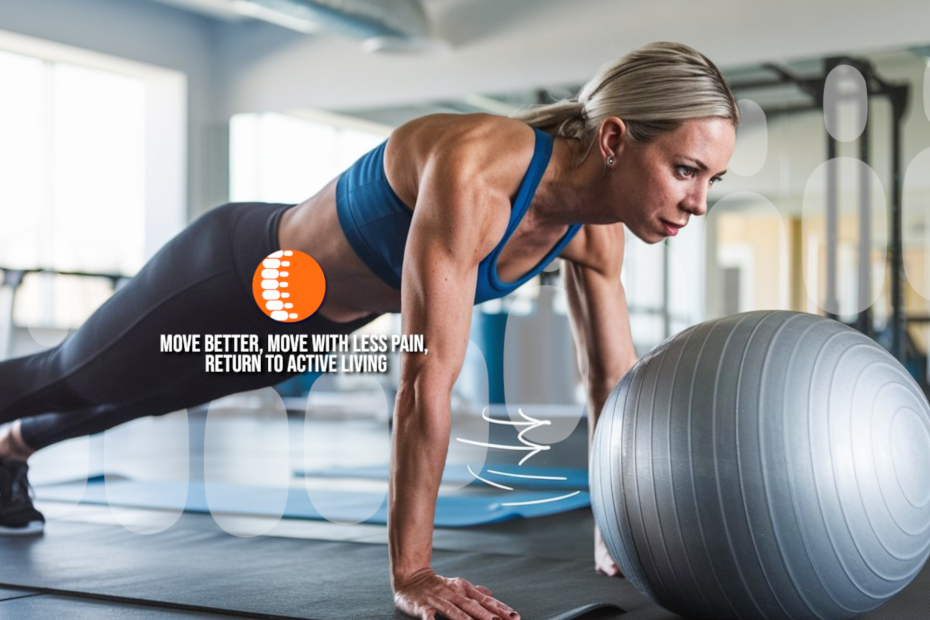The RKC Plank: A Small Tweak with Big Impact
At first glance, the RKC (Russian Kettlebell Certification) plank, also known as the StrongFirst plank, appears to be a simple tweak to the traditional plank. The fundamental difference lies in the deliberate contraction of additional muscle groups, including the glutes, quadriceps, and shoulders. While this might sound like a minor adjustment, it drastically amplifies the difficulty and effectiveness of the exercise, turning it into a powerhouse for core strengthening and full-body engagement.
How to Perform the RKC Plank
The RKC plank requires precise positioning and intentional activation of various muscle groups. Here’s a step-by-step guide:
- Set Up:
- Begin by lying face down on the floor with your forearms flat and elbows positioned slightly in front of your shoulders. This longer lever arm increases the challenge compared to the traditional plank, where elbows are directly under the shoulders.
- Engage Key Muscle Groups:
- Before lifting, clench your glutes, causing a slight posterior pelvic tilt. This tilt engages the lower abdominal muscles and stabilizes the pelvis.
- Contract your quadriceps to straighten your knees, ensuring your lower body remains off the ground.
- Externally rotate your arms (rotate outward) while keeping your forearms grounded. This adds stability to the shoulders and engages the upper back.
- Lift Off:
- Raise your hips while simultaneously attempting to draw your elbows and toes toward each other. This action creates intense isometric tension in the core.
- Maintain a neutral spine; avoid letting your hips pike upward. Your thighs and torso should form a straight line.
- Breathe and Hold:
- Use diaphragmatic breathing to maintain tension without compromising form. Hold the position for 10–30 seconds of maximal effort.
Why the RKC Plank is Unique
Unlike traditional planks, the RKC plank emphasizes maximal tension rather than prolonged duration. By engaging the entire body in this isometric exercise, it activates not only the core but also the glutes, quads, shoulders, and lats. This makes it a highly effective exercise for building total-body stability and transferring strength to other movements, such as squats, deadlifts, and kettlebell swings.
A study conducted in 2015 found that this plank increases muscle activation compared to the traditional prone plank. The researchers attributed this enhancement to two key components:
- The long-lever position: Moving the elbows further forward increases the challenge to the core.
- The posterior pelvic tilt: This adjustment reduces lumbar extension, increasing engagement of the lower abs.
Is the RKC Plank Right for You?
While the RKC plank is a highly effective core exercise, it is not without potential risks, particularly for individuals recovering from lower back pain. Dr. Stuart McGill, a renowned spine biomechanist, has extensively analyzed core exercises and their impact on spinal health. Although the RKC plank has not been directly studied by McGill, it is reasonable to assume that the increased compressive forces on the spine may not be suitable for everyone, particularly those with low back sensitivity or injuries.
If you’re considering trying the RKC plank:
- Assess your spine’s tolerance to compressive forces. If you have a history of lower back pain, consult a professional before incorporating it into your routine.
- Start with shorter holds (e.g., 10–15 seconds) to master the form and build endurance before progressing to longer durations.
The RKC Plank in a Training Context
This variation of the plank is a valuable addition to any strength or conditioning program. It trains core stability, enhances posture, and teaches you how to create full-body tension—a skill that carries over into nearly every athletic movement. Whether you’re a beginner looking to build core strength or an advanced lifter seeking to optimize performance, this plank variation is worth exploring.
Integrating the RKC Plank Into Your Training Plan
Warm-Up Activation
Use the RKC plank as part of your warm-up to prime the core and engage key stabilizing muscles. Aim for 2–3 sets of 10–20 seconds, focusing on maximal tension.
Core Training Circuits
Include the RKC plank in a circuit with other core exercises:
- Example Circuit:
- RKC Plank: 20 seconds
- Side Plank with Reach: 10 reps per side
- Dead Bug: 10 reps per side
- Rest: 60 seconds
- Repeat for 3 rounds.
Post-Lift Stability Training
After heavy lifts like squats or deadlifts, use the RKC plank for recovery and reinforcing core stability. Perform 2–3 short-duration holds (15–30 seconds) to reset your posture.
Progressions and Variations
- Elevated RKC Plank:
- Perform the plank with your forearms elevated on a bench to reduce intensity while maintaining proper form.
- Weighted RKC Plank:
- Add a small weight plate to your back for increased resistance, but only after mastering bodyweight holds.
- Dynamic RKC Plank:
- Slowly extend one arm or leg while maintaining tension and form.
Practical Tips for Success
- Focus on Quality Over Duration:
- Avoid the temptation to hold the plank for extended periods. Instead, prioritize short, high-tension holds with perfect form.
- Monitor Breathing:
- Use controlled, diaphragmatic breaths. Avoid holding your breath, as this can increase strain on the spine.
- Seek Feedback:
- Practice in front of a mirror or record yourself to ensure proper alignment and tension.
Closing Thoughts
The RKC plank takes an old exercise and breathes new life into it with a focus on precision and intensity. Its deliberate activation of multiple muscle groups makes it a challenging yet rewarding addition to your fitness toolbox. While more research (perhaps by experts like Dr. Stuart McGill) would be welcome to fully understand its biomechanical impact, the exercise offers undeniable benefits for those with healthy spines and a willingness to push their limits.
If your back is up to the challenge, give this plank variation a try! What are your experiences with it? Do you feel the increased core activation and total-body engagement? Share your thoughts and let’s discuss!
Dr Notley
The only Chiropractor/Athletic Therapist in Winnipeg
Originally posted on May 17, 2022 @ 4:36 pm
